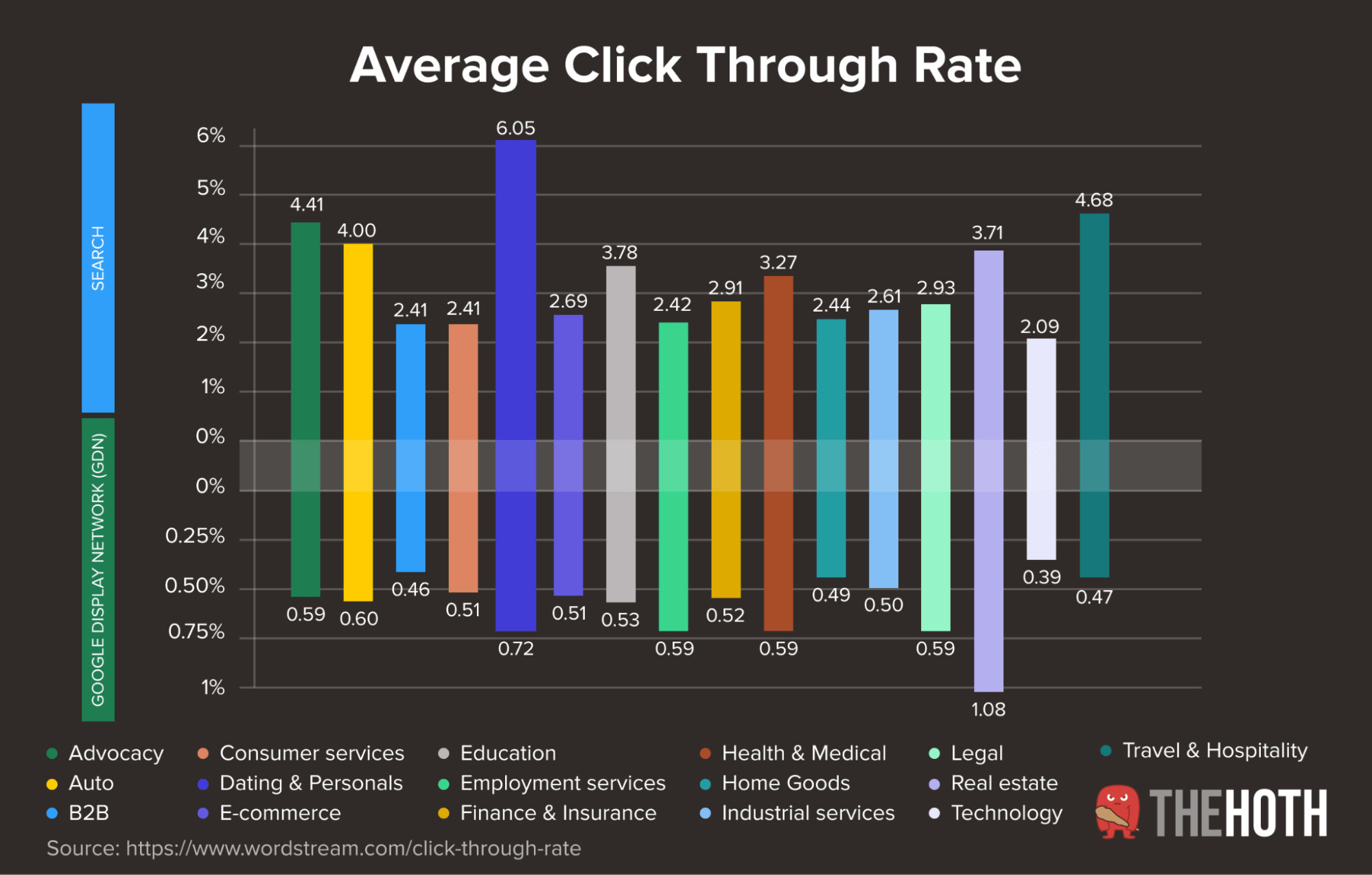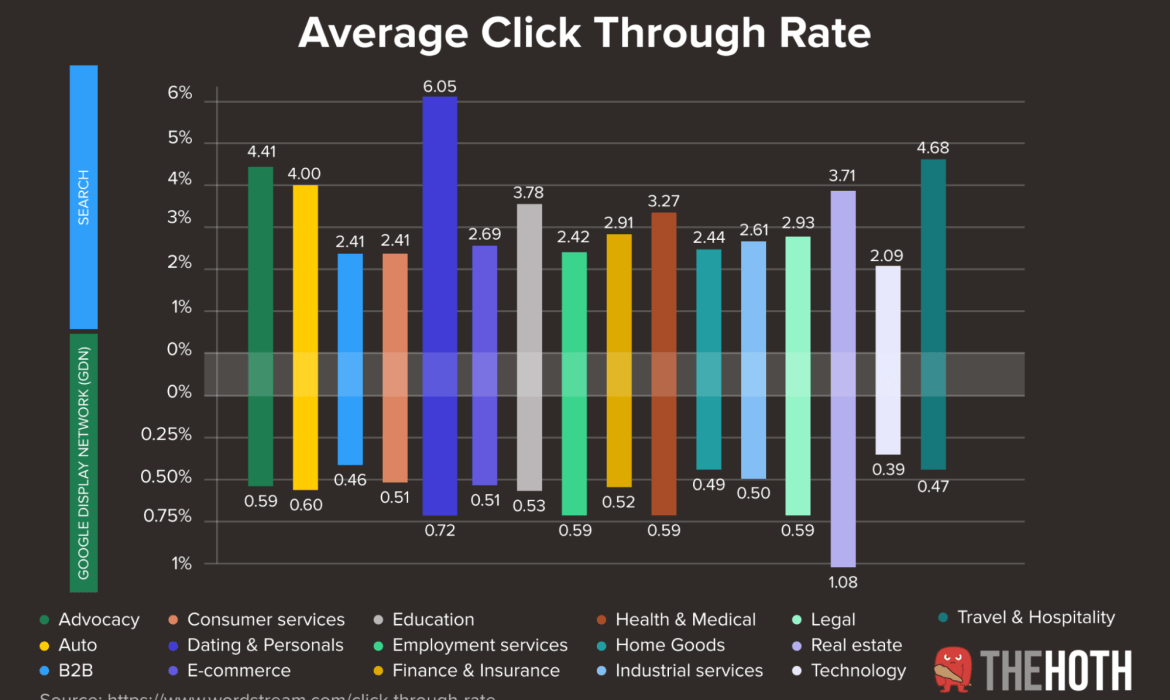
CTR is an important metric in advertising, as it helps determine your Quality Score and ad placement. It also serves as an indicator of how engaging your ad is for a particular search query.
CTR is measured by dividing the number of Ad Clicks with the number of Ad Impressions. Generally, a good CTR rate is around 0.5% or higher.
CTR on Amazon
Amazon CTR (click-through rate) is a vital metric that tells you how often customers click on your ads. A good CTR is around 0.5%, with anything less than that considered poor.
A high CTR will increase the likelihood that customers will purchase your products, as they will be able to find what they are looking for quickly and easily. It will also help you to understand if your message is clear and concise enough for your target audience.
You can boost your CTR by focusing on the top performing search terms shoppers use when looking for your products. In addition, make sure your product title is relevant to these keywords.
Lastly, highlight the benefits of your product and add a few key features to get buyers’ attention. This will lead to a higher CTR, and more importantly, conversions.
Another way to improve your CTR is by adding promotional badges such as Best Seller or Amazon’s Choice. These badges will make your listing look more professional and distinguish it from competitors on the search results page, which can have a positive impact on your CTR.
Impressions click-through rate
The impressions click-through rate is a good measure of how effectively your YouTube video thumbnail is attracting viewers. This is important because YouTube displays videos to people who are likely to be interested in your content, such as subscribers or those who searched for a specific keyword.
The best way to find out is by checking out YouTube’s own metrics page. This allows you to see how your videos rank by comparing your channel’s click-through rate with impressions, the most efficient video ad placement, and more.
YouTube also offers a comprehensive set of other metrics including views, watch duration, and percentage watched. However, the most useful metric is actually an impression statistic. Impressions are measured by the number of times that your thumbnail is shown on a YouTube user’s screen for more than one second and if at least 50% of the thumbnail is visible. This is the most significant metric that you should track to help you improve your video ranking and drive more clicks.
Cost per click
Cost per click (CPC) is the price that a company pays each time a user clicks on an advertisement. This metric helps companies understand how far their money went on a particular marketing campaign.
CPC is often a pain point for PPC advertisers because it can drain their budget fast if the keyword they’re bidding on costs too much per click. Usually, it’s best to focus on keywords that are both inexpensive and valuable.
Fortunately, Google provides many ways to measure the quality of your ads. One is Ad Rank, which is a score that determines where your ad appears on search engine result pages (SERPs).
The other is Quality Score, which focuses on how relevant and helpful your ad is to users. A higher quality score means your ad is more likely to show up above competitors.
The CPC you pay for each click on your ads can be a good indicator of how competitive your industry is. However, it isn’t the main performance metric for a successful marketing campaign.
Conversion rate
Conversion rate is one of the most important metrics you need to monitor if you’re trying to improve your website. It can help you determine how well your site is doing and whether it needs a boost in traffic.
It’s also a good way to track the success of your marketing campaigns, so you can optimize them based on how well they are performing. In addition, improving your conversion rate can help you get more sales with your existing traffic.
A conversion rate is the percentage of users or visitors who take a desired action, such as signing up for an email newsletter or making a purchase. This metric can vary widely, and it’s important to understand what qualifies as a good conversion rate for your specific business or industry.
It depends on the industry and the item being promoted, as well as the amount of traffic that goes to a particular page. For example, an ecommerce store might expect a higher conversion rate than a B2B brand.
Did you miss our previous article…
https://zonspeed.com/how-to-calculate-acos

